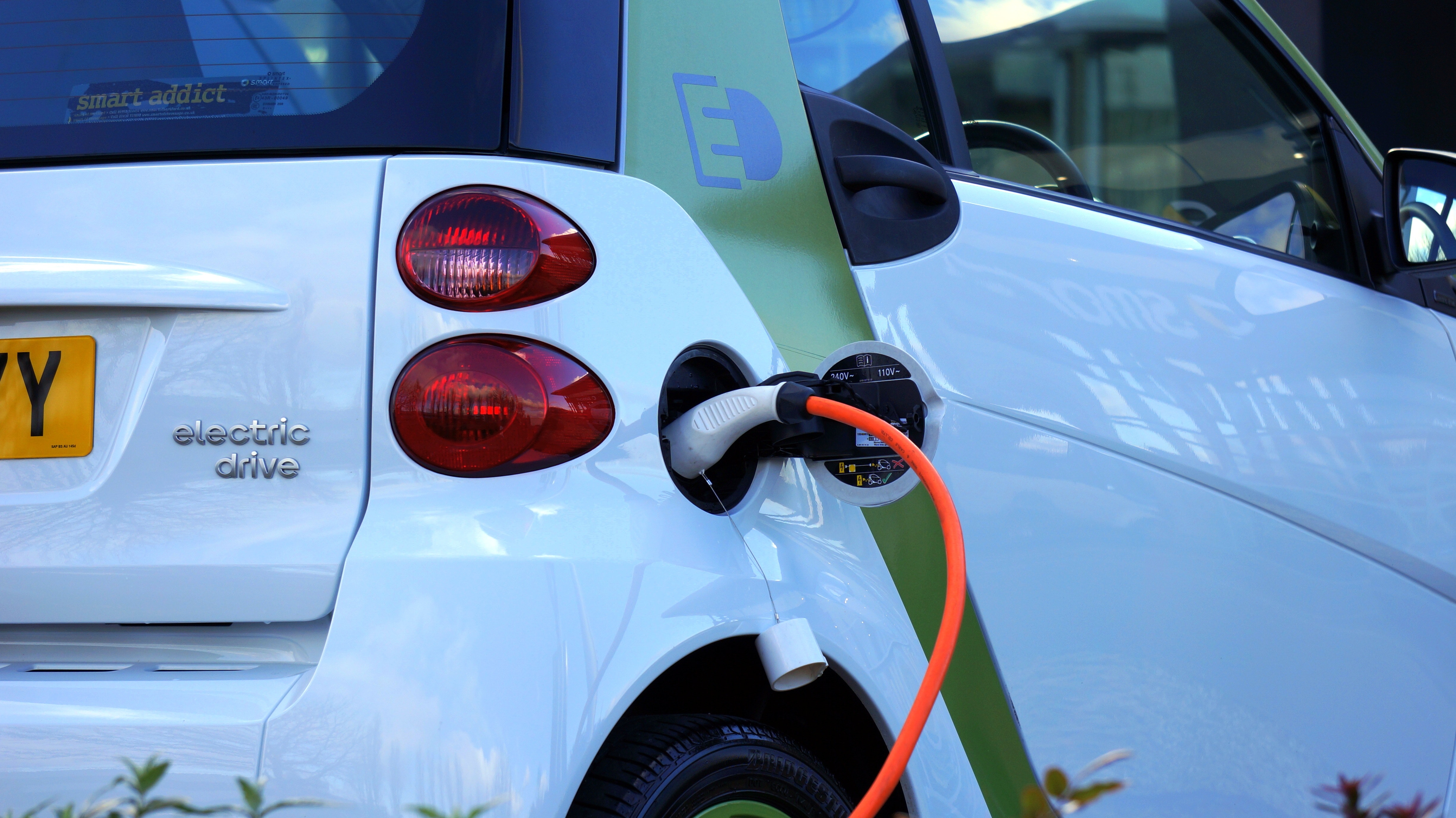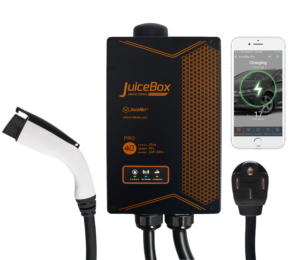The EV Charging Opportunity
Electric vehicles present new opportunities for electric utilities in a rapidly changing light-duty transportation market. EVs are not only an opportunity to increase load and electricity sales, but also a way to add flexible, controllable loads to a grid with ever more variable generation from renewable sources. Recognizing this opportunity, utilities and governments are making significant investments in public charging infrastructure to enable faster EV adoption. These efforts include high-priority charging corridors, workplace charging, and free charging in shopping districts. But since 70% or more of EV charging actually occurs at home, residential charging offers a promising opportunity for electric utilities to leverage EV charging to their and their customers’ benefit.
Residential Charging
[pullquote_right]Because 70% or more of EV charging occurs at home, residential charging is a promising opportunity for electric utilities to leverage EV charging to their and their customers’ benefit.[/pullquote_right]Today, consumers have a couple of options for charging at home. Many will simply plug their EVs into an existing 120V outlet using the cable that ships with their vehicle (also called Level 1 charging). As EV battery packs get larger, however, consumers will need faster charging to be able to provide a full charge in a reasonable amount of time, such as overnight. To do so, consumers can purchase and install 240V Level 2 (L2) EVSE (see for example the JuiceBox shown below). Some L2 EVSE models provide the additional benefit of being controllable, by the consumer and the utility.
Getting the Most from EV Charging
Each utility will have different objectives related to residential EV charging. Some may want to use the opportunity to engage with their customers on how and when to charge. Others may be planning to actively control and manage EV charging loads. To reach these goals, utilities may decide to offer residential EVSE programs. Each should consider a few factors when deploying a program, such as:
- Can the equipment communicate with and except control commands from the utility?
- What rates will encourage customers to charge when advantageous, such as when supply is ample?
- Will the utility control charging through demand response or advanced charge management?
- Does the EVSE include revenue-grade metering to avoid the need for a second meter if special rates will apply?
- Does the equipment must provide the features that consumers want, like timers, scheduling, remote control, and energy insights?
- Do customers need financial assistance for the purchase and installation of EVSE? L2 EVSE and installation costs can be a few hundred dollars to $2000 or more depending on the wiring and service upgrades that may be required.
[pullquote_right]Utilities should be proactive on EVSE and consider starting with simple programs to gain experience for more complex ones.[/pullquote_right]Utilities need not dive into complex programs like advanced charge management to start to engaging on EVSE. Rather, while EV adoption is low in its territory, a utility may focus on educating customers about the benefits of EVs and how to charge them in their homes. Or, the utility may partner with home builders to install EVSE-ready wiring in new homes so that customers are ready for EVs. Once EVs become more prevalant, a utility may find traditional programs like rebates and on-bill financing helpful for deploying compatible EVSE in customer homes. And for large utilities with high EV adoption, solutions that include everything from procurement to installation to control, offered by vendors such as Greenlots and eMotorWerks, may be atttractive. Xergy Consulting recently partnered with the National Rural Electric Cooperative Association (NRECA) to develop several such residential EVSE program strategies for electric co-ops. If you are a member of NRECA, you can download the results here.
Because EV adoption is expected to increase significantly over the next decade, utilities should be proactive regarding residential EVSE. Once a utility has planned its current and future strategies, it will be able to respond and adjust to the evolving EV market.


